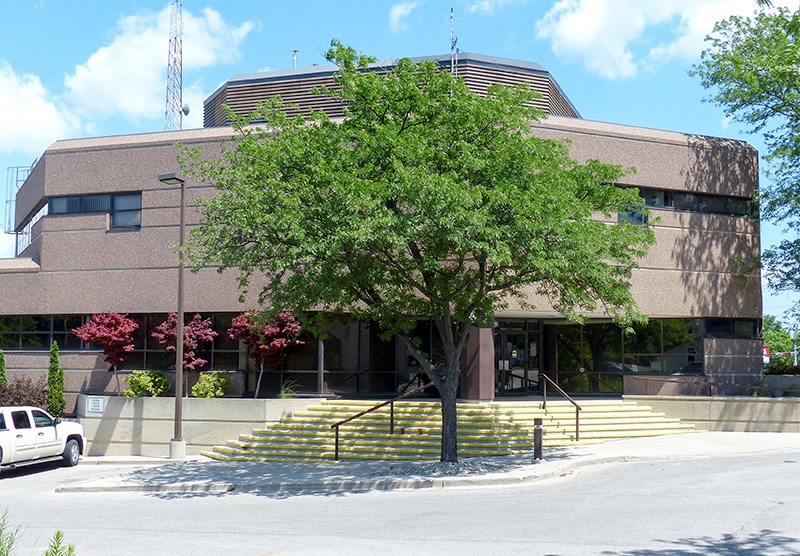Troy Shantz
The operating budget of Sarnia Police is expected to rise almost 3% next year.
The Sarnia Police Services Board approved a $23.85-million package last week that includes a spending increase of $683,000, or 2.95%.
Current service levels will be maintained. The department employs 111 uniformed officers, including 90 who earned more than $100,000 last year. The collective agreement calls for a pay increase of 1.5% next year.
Staff salary and wages account for 89% of the total budget.
City police budgets have risen an average of 3% over the past decade.
Board member Dave Boushy asked if further reductions could be made to match the 2.85% increase in this year’s budget.
“In a $24-million budget there’s something wrong if you can’t cut (such a small amount),” he said.
Financial services director Cathy Dam said the books could be reopened, but the rest of the board didn’t support Boushy’s proposal.
The budget includes a $610,000 contribution to reserves, setting money aside for building upgrades, police cruisers and gear, as well as IT equipment and computers.
Council recently approved a new policy that transfers greater responsibility to the police department to boost its reserves and lessen dependence on City Hall’s coffers.
The Ford government’s current review of provincial spending creates some uncertainty, including a $150,000 community policing partnership grant and $24,500 for RIDE programs.
“Quite often our RIDE programs are funded by a grant from the government,” said Chief Norm Hansen. “We’re waiting to see if that comes, and if it doesn’t we’re going to have to adjust.”
A grant cut wouldn’t mean fewer RIDE programs on the streets, just that the money would have to be found elsewhere, Hansen added.
“That would have to come out of our budget somehow.”
The chief added no decision had been made on roadside cannabis detection devices. Previously approved devices were found to operate poorly in cold weather, he said.
Some of the money added to reserves will cover the future cost of three roadside screening devices.
The department also expects to take in $2.4 million in revenue for things such as escorting oversized vehicles and event security.
The budget must still be approved by city council.
